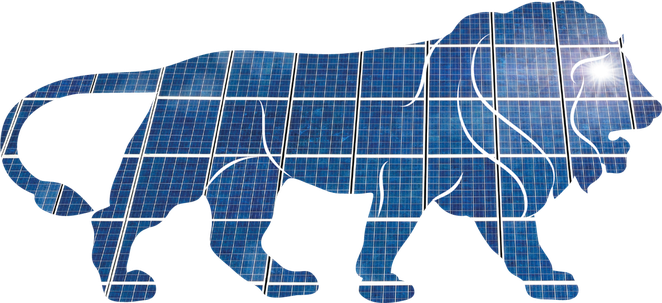In its latest projection, the International Energy Agency (IEA) predicts that total global installed solar capacity in 2020 could exceed 400 gigawatts (GW).
India alone is planning to generate 100 GW of solar powered electricity by 2022 as compared to the current output of 4.5 GW.
Indian Prime Minister Narendra Modi announced the incredibly ambitious target last year.
The staggering project will need a whopping $100 billion over the next seven years. But the high initial investment will benefit the country in the long run.
India needs more power, but why is it pumping billions into the solar power sector?
- In 2013, India became the third largest producer of electricity in the world.
- Currently, India requires around 1.06 million units of electricity annually, but the supply falls short by 3.6%.
- Coal-fed power plants account for around 60% of total energy, but coal production has not kept pace with demand.
- There has been a sharp decline in solar panel costs, which has made electricity produced by solar energy comparable in costs to traditional fossil fuel energy sources.
- India gets twice as much sunshine as many European countries, but solar energy accounts for less than 1 percent of India’s energy mix.
- There is no dearth of land for solar power projects with vast areas of wastelands in the country.
If India succeeds in achieving these targets, it will be among the top five solar markets in the world.






